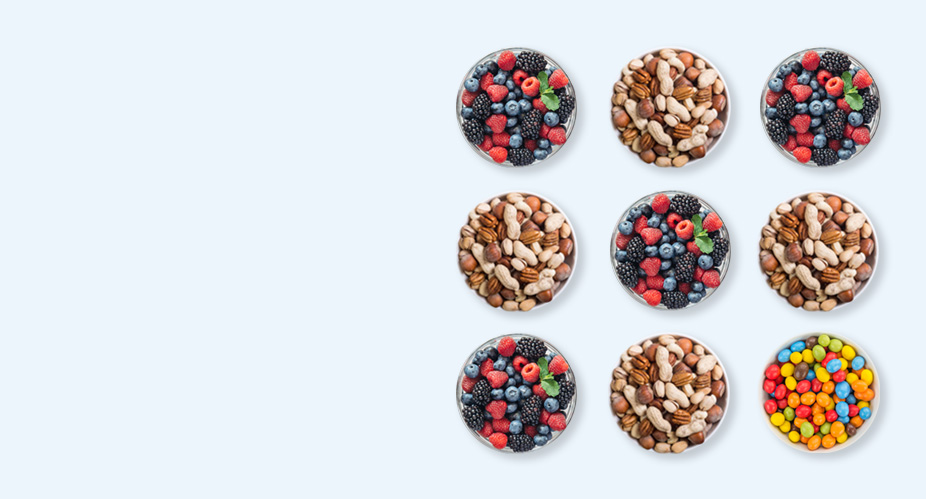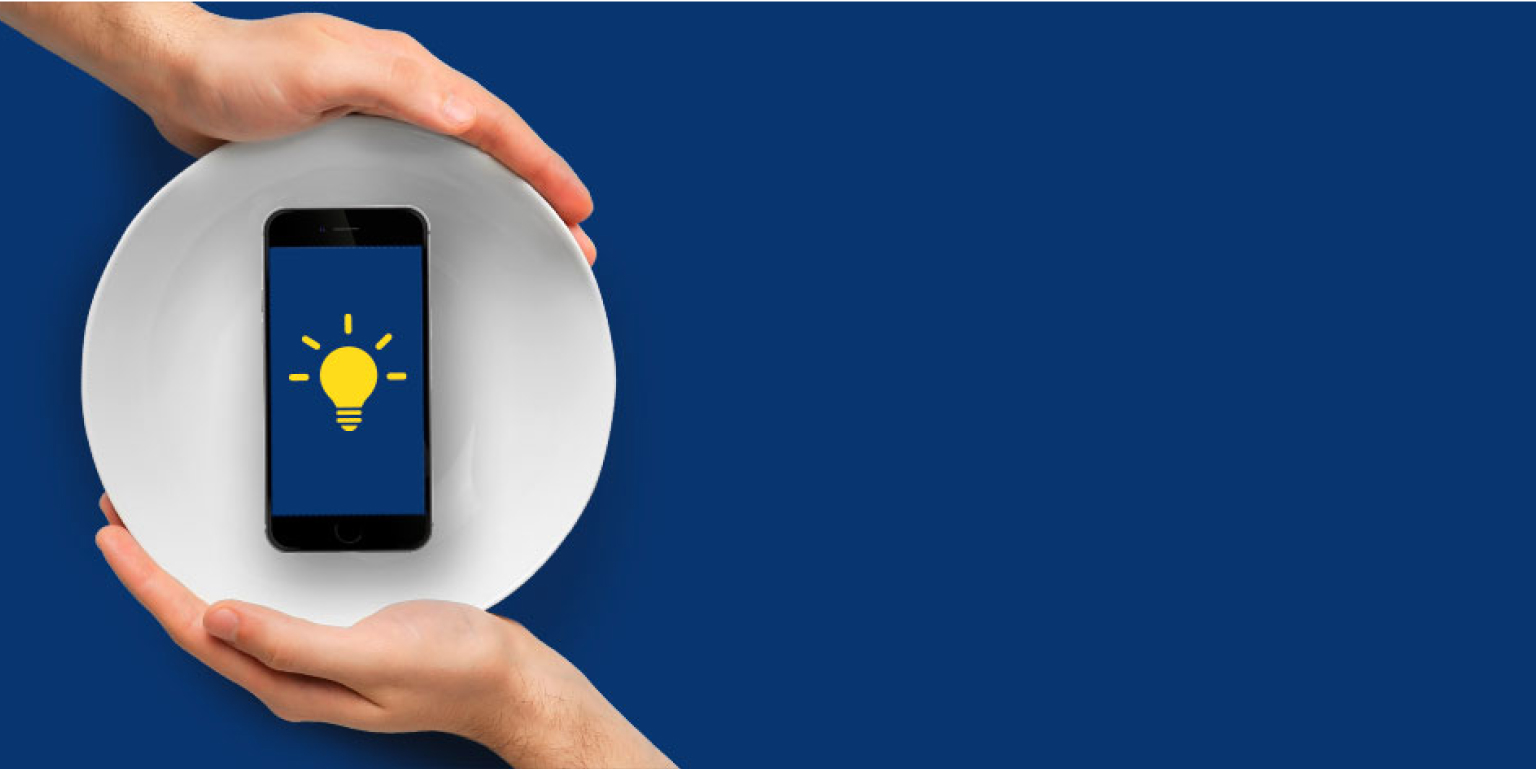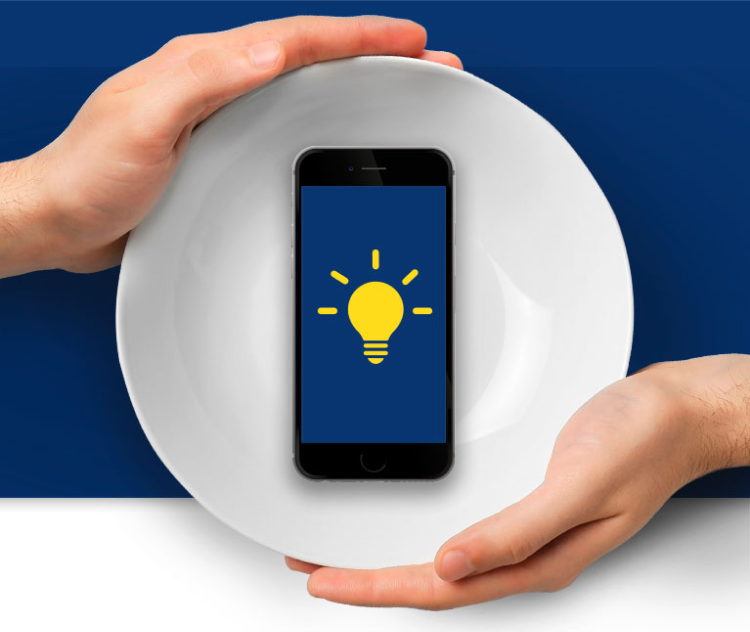A Better Question: How to Eat More Foods That Cause a Smaller Blood Sugar Rise/spike? Or Even, Which Foods to Eat Less When You Have Diabetes?
Eating with diabetes does not have to be restricting. An individualized approach that is aligned with your preferences and goals leads to the greatest long-term results. While there are no foods that lower blood sugar, we aim to guide you towards which foods to focus on and which to limit. Nutrition counseling with a registered dietitian can help incorporate the following tips into a diabetic meal plan that works best for you.





